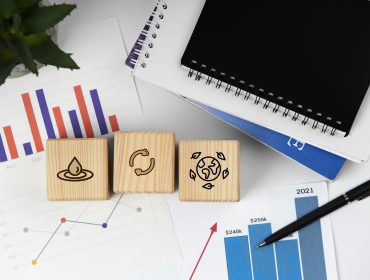
How fintech is setting Southeast Asia’s SMEs free
June 13th, 2019 – Around 1.7 billion people globally are still unbanked – either having no proper savings or access to credit – according to the 2017 Global Findex Database. In Southeast Asia, only 27% of adults have formal bank accounts and only 33% of businesses have access to proper financing. While the region has been growing exponentially for the past few decades, financial inclusion in the region remains poor.
The Philippine economy in particular has been consistently growing by 5.3% per year, driven by favourable economic conditions and strong macroeconomic fundamentals. However, this promising growth can only be achieved sustainably and inclusively if roadblocks currently faced by the lifeblood of the country’s economy – its small and medium-sized enterprises (SMEs) – are addressed.
Although SMEs comprise 99.6% of all businesses in the Philippines and employ 65% of the workforce, they only account for 35% of the country’s gross domestic product (GDP). Clearly, there is much room for development in this sector that could unlock opportunities for greater employment, rising incomes, innovation and value creation.
Lack of access to business credit
Among the host of challenges faced by SMEs, the most notable is a lack of access to credit. In Southeast Asia, 33% of SMEs lack access to loans and a line of credit.
More…https://www.weforum.org/agenda/2019/06/fintech-is-driving-financial-inclusion-in-southeast-asia/
Written by World Economic Forum
Related Post
Equipping SMEs with the skills to...
SMEs and entrepreneurs heavily depend on skills to stay competitive and face greater challenges than larger firms in accessing and retaining...
The future of entrepreneurship with AI
AI-native startups are redefining the nature of entrepreneurship through accelerated scaling. With leaner teams, evolving funding dynamics, ...
Micro and small businesses can act...
In an international context where conflicts have reached their highest level since the Second World War, what role can micro, small, and med...




